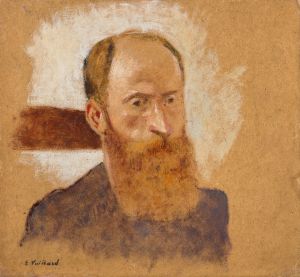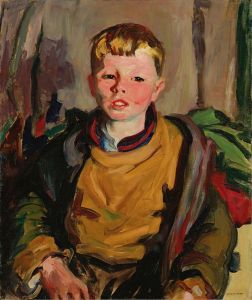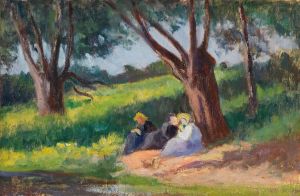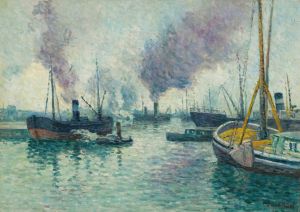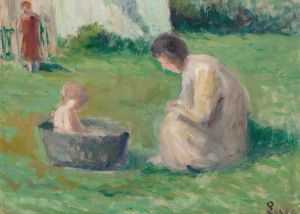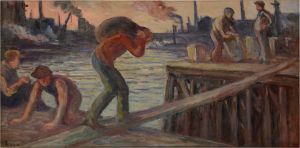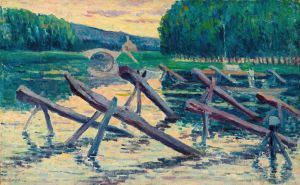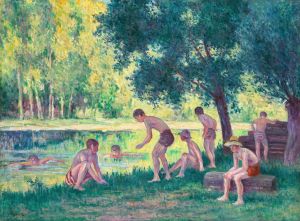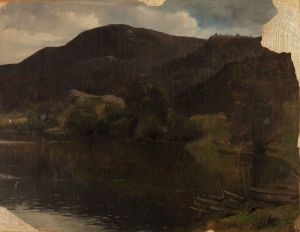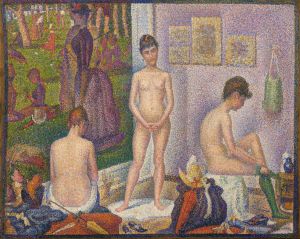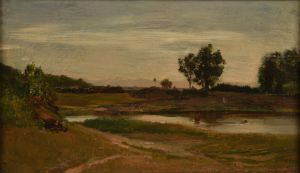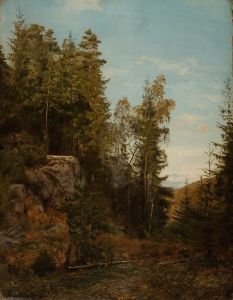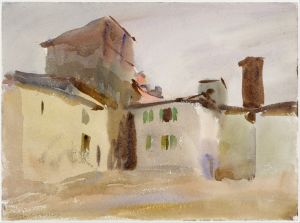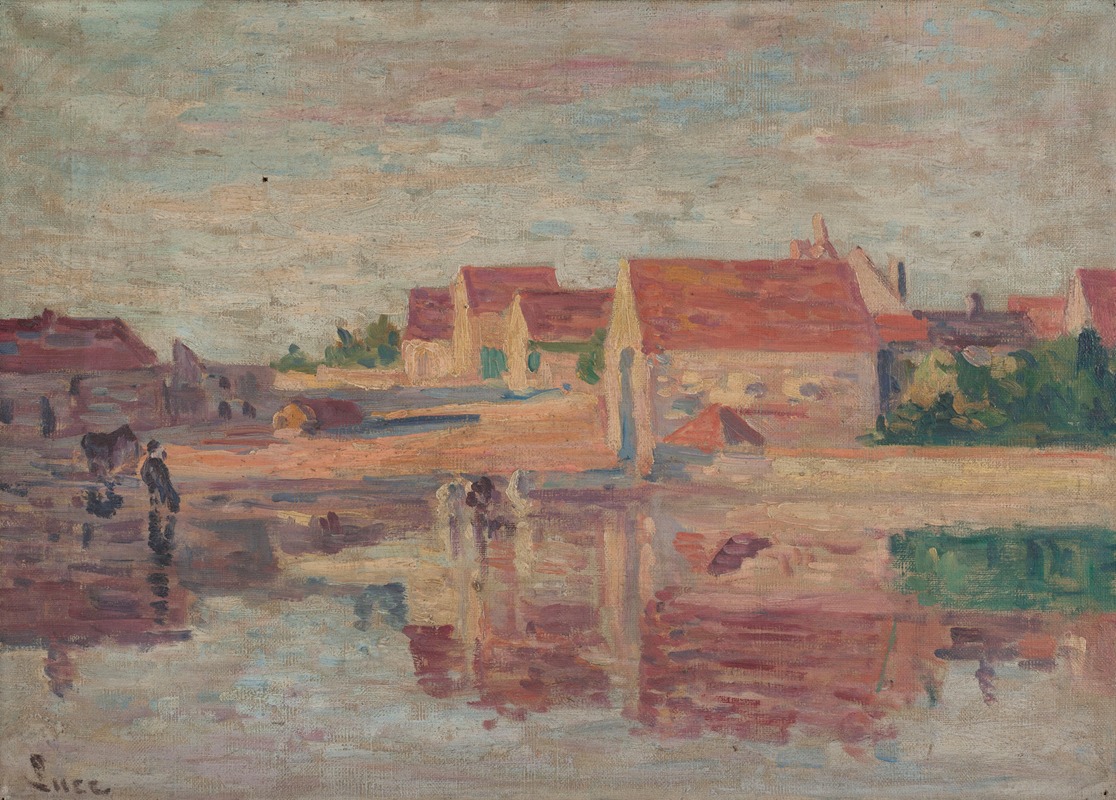
Village au bord d’une rivière
A hand-painted replica of Maximilien Luce’s masterpiece Village au bord d’une rivière, meticulously crafted by professional artists to capture the true essence of the original. Each piece is created with museum-quality canvas and rare mineral pigments, carefully painted by experienced artists with delicate brushstrokes and rich, layered colors to perfectly recreate the texture of the original artwork. Unlike machine-printed reproductions, this hand-painted version brings the painting to life, infused with the artist’s emotions and skill in every stroke. Whether for personal collection or home decoration, it instantly elevates the artistic atmosphere of any space.
Maximilien Luce was a prominent French Neo-Impressionist painter known for his vibrant landscapes and depictions of everyday life. One of his notable works is "Village au bord d’une rivière" (Village by a River), which exemplifies his mastery of the Pointillist technique and his keen eye for capturing the serene beauty of rural France.
Maximilien Luce was born on March 13, 1858, in Paris, France. He initially trained as an engraver, which honed his attention to detail and precision—skills that would later influence his painting style. Luce became associated with the Neo-Impressionist movement, which was characterized by the use of small, distinct dots of color applied in patterns to form an image. This technique, known as Pointillism, was pioneered by Georges Seurat and Paul Signac, both of whom were contemporaries and influences on Luce.
"Village au bord d’une rivière" is a quintessential example of Luce's work during the height of his career. The painting depicts a tranquil village scene, with houses nestled along the banks of a gently flowing river. The composition is balanced and harmonious, capturing the peaceful coexistence of human habitation and nature. Luce's use of color is particularly noteworthy; he employs a palette of soft blues, greens, and earthy tones to evoke a sense of calm and tranquility.
Luce's technique in this painting reflects his commitment to the principles of Neo-Impressionism. The meticulous application of individual brushstrokes creates a shimmering effect, as the colors blend optically rather than physically. This method not only enhances the vibrancy of the scene but also invites viewers to engage with the painting from different perspectives, as the image subtly changes with distance.
Throughout his career, Luce was deeply influenced by the social and political climate of his time. He was an ardent supporter of anarchist ideals and often depicted the lives of the working class in his art. While "Village au bord d’une rivière" does not overtly convey a political message, it reflects Luce's appreciation for the simplicity and authenticity of rural life, which he saw as a counterpoint to the industrialization and social upheaval of the late 19th and early 20th centuries.
Maximilien Luce's contributions to the Neo-Impressionist movement have been widely recognized, and his works continue to be celebrated for their technical skill and emotive power. "Village au bord d’une rivière" remains a testament to his ability to capture the essence of a moment in time, inviting viewers to pause and appreciate the beauty of the natural world.
Luce passed away on February 6, 1941, in Paris, leaving behind a legacy of art that continues to inspire and captivate audiences. His works are held in numerous public and private collections, ensuring that his vision of the world endures for future generations to appreciate.





